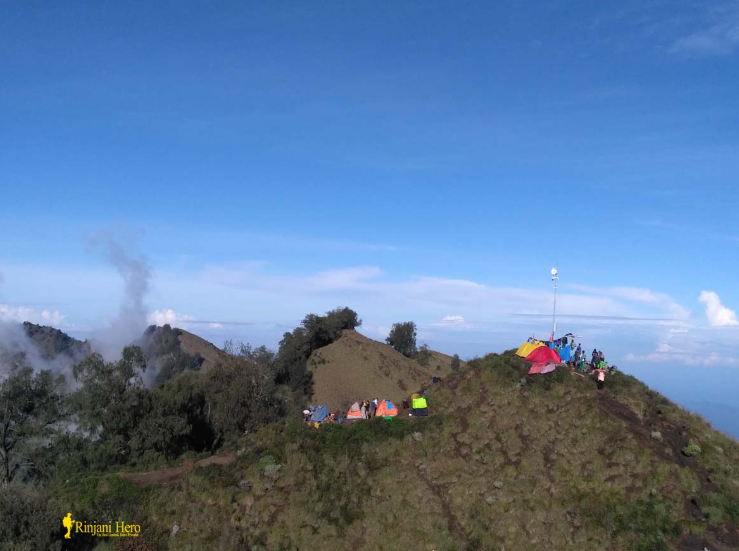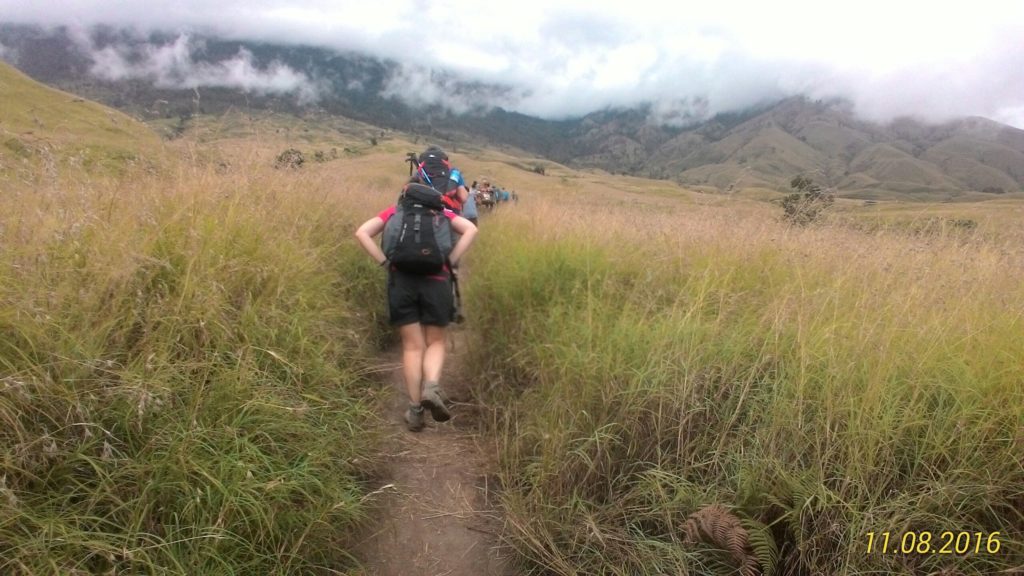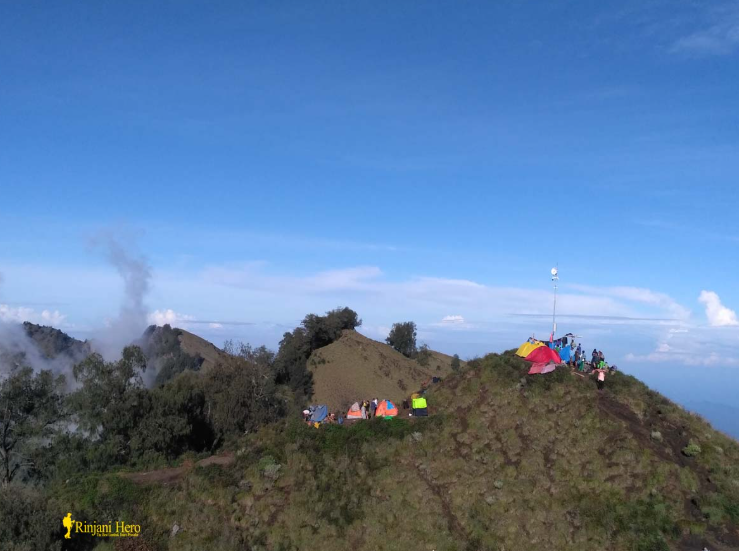Mt Rinjani Tour
Mount Rinjani, standing at 3,726 meters above sea level, is the second-highest volcano in Indonesia and a dream destination for adventure seekers. Located on the island of Lombok, the Mt Rinjani Tour offers a unique combination of natural beauty, challenging trekking routes, and spiritual significance. This guide will walk you through everything you need to know—whether you’re planning your first ascent or looking to enhance your previous experience.
Why Choose a Mt Rinjani Tour?
Taking a guided Mt Rinjani Tour is highly recommended for several reasons:
- Safety and Navigation: The trails can be steep and physically demanding. Certified guides help ensure your safety and comfort.
- Local Insight: Experienced guides provide cultural and ecological knowledge that enrich your journey.
- Permit and Logistics: Tours handle permits, camping equipment, and meals, allowing you to focus on the experience.
Expert Tip: Choose a tour company licensed by Rinjani National Park and with a track record of ethical tourism and porter welfare.
Best Time to Trek Mt Rinjani
The ideal Rinjani trekking season is during the dry months from April to December, with peak conditions between May and October. The park is typically closed from January to March due to the rainy season, which increases landslide risks.
Mt Rinjani Trekking Routes
There are three main routes to the summit:
1. Sembalun Route (East Entrance)
- Best for: Reaching the summit quickly
- Duration: 2D1N or 3D2N
- Terrain: Exposed savannah with gradual incline
2. Senaru Route (North Entrance)
- Best for: Forest lovers and scenic views
- Duration: 2D1N or 3D2N
- Terrain: Lush rainforest and volcanic rock
3. Torean Route (Less Popular)
- Best for: Off-the-beaten-path experience
- Duration: 3D2N
- Terrain: River trails, waterfalls, and hot springs
Pro Experience: Combining Senaru ascent and Sembalun descent (or vice versa) offers the full Mt Rinjani experience in 3D2N.
What to Expect on the Mt Rinjani Tour
- Day 1: Early morning departure, trek through forest or savannah to base camp
- Day 2: Pre-dawn summit attempt, return to base camp, then descend to lake (Segara Anak)
- Day 3: Visit hot springs, climb crater rim, and descend to the village
Expect to walk 6–10 hours per day with altitude changes. This is a physically demanding trek suitable for those in good health and physical condition.
What to Pack
- Trekking shoes
- Warm clothing (temperatures drop near summit)
- Waterproof jacket
- Headlamp
- Sunscreen and hat
- Basic toiletries and personal medication
Insider Tip: Most tour packages provide tents, sleeping bags, and meals. Always confirm what’s included before booking.
Environmental Responsibility
The Mt Rinjani National Park is a protected area. Tourists are expected to follow Leave No Trace principles:
- Bring back all trash
- Use designated trails and campsites
- Avoid disturbing wildlife
- Choose eco-certified tour operators
By respecting these guidelines, you help preserve the mountain for future generations.
Booking a Mt Rinjani Tour: What to Look For
- Certification from Indonesian tourism boards
- Positive reviews on platforms like TripAdvisor or Google
- Transparent pricing with clear inclusions
- Porter treatment policies—ethical operators provide fair wages and proper gear
Authoritative Tip: Always verify that your tour operator is listed with the Rinjani Trek Management Board (RTMB).
Absolutely. A Mt Rinjani Tour is not just a hike—it’s a transformative journey through one of Indonesia’s most iconic natural wonders. Whether you’re in it for the physical challenge, the breathtaking views, or the personal growth, Mt Rinjani will leave a lasting impression.




